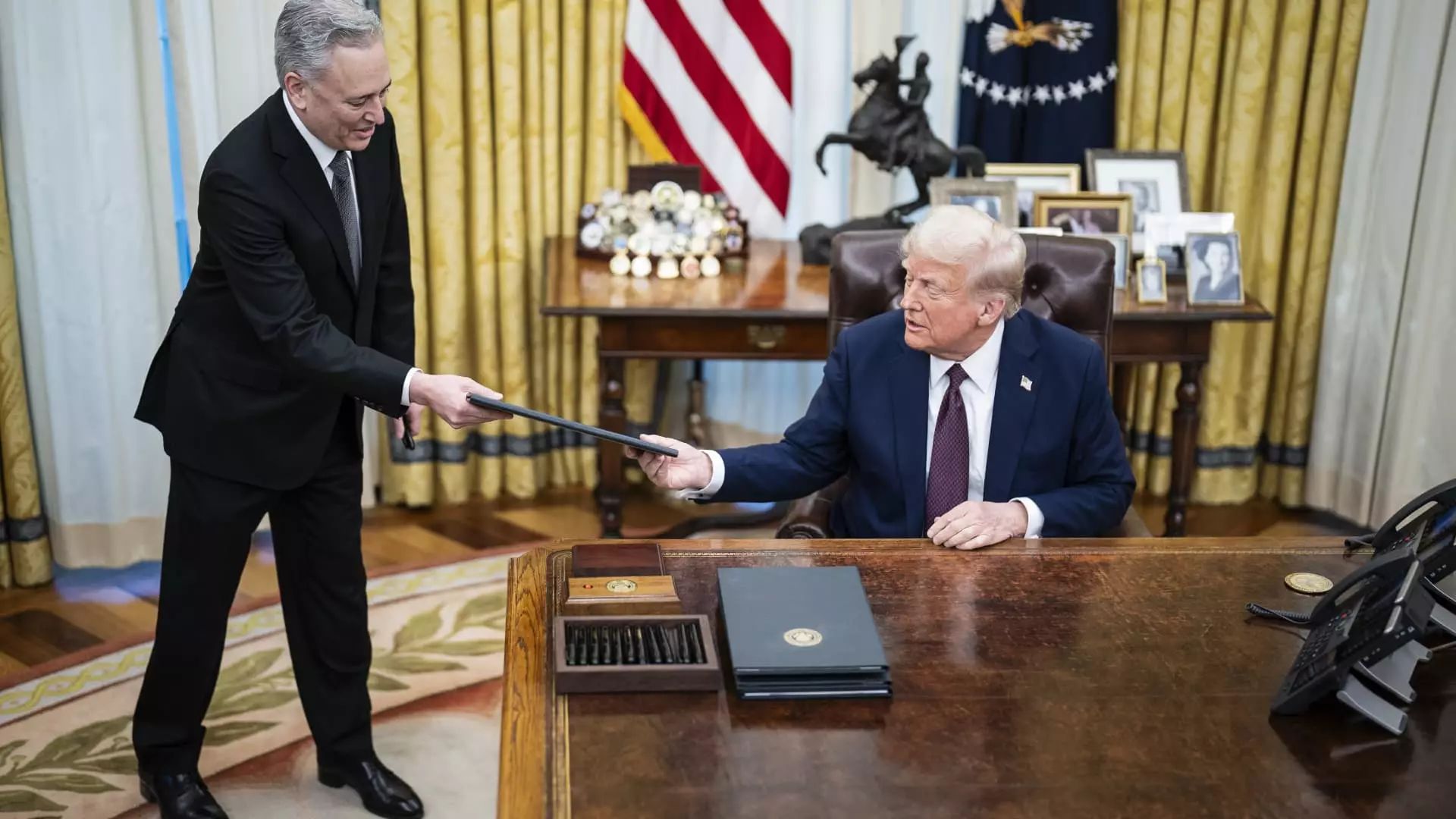The recent executive order signed by former President Donald Trump, which establishes a Strategic Bitcoin Reserve, has sent seismic waves through the world of digital assets. This initiative is not just a policy shift; it’s evidence of an evolving perspective toward cryptocurrency within the U.S. government. Yet, one can’t help but wonder if this is a well-calibrated move or a grand misstep on the administration’s part. By creating a reserve funded solely through bitcoin seized in criminal cases, the government offers an enticing attribute: taxpayers won’t foot the bill. However, this begs the question—does this pull policymakers into unknown terrain, with the risks potentially overshadowing the rewards?
The Trust Factor
The assertion that the U.S. controls around 200,000 bitcoins introduces an element of speculative intrigue. This figure is staggering yet unsettling, especially considering that no comprehensive audit has ever been performed to verify it. Transparency is not merely a buzzword; it’s a necessity in the world of finance, particularly when public trust is at stake. The vagueness surrounding these digital holdings raises significant alarms. Without rigorous auditing, we’re left to navigate in the fog of uncertainty. For a reserve designed to affirm Bitcoin’s status as a legitimate asset, how can we have faith when the foundation itself remains unverified?
A Binary Consensus? Or Just Bitcoin?
Trump’s inclusion of other cryptocurrencies—such as Ether, XRP, Solana’s SOL token, and Cardano’s ADA—in the discussion around a strategic reserve adds layers of complexity that many in the crypto space find disconcerting. Tyler Winklevoss articulated this concern succinctly by arguing that Bitcoin ought to stand alone as the singular asset for this reserve. In his view, the indiscriminate mixing of Bitcoin with altcoins dilutes its value and turns the initiative into what could be perceived as a speculative fund—a tag Bitcoin supporters have fought to shake off since its inception.
Investors looking for a credible asset have long touted Bitcoin as a ‘digital gold,’ and many believe that diluting this perception by including lesser-known tokens compromises that integrity. What does it say about our commitment to a stable, dependable digital currency if we’re willing to play with speculative alternatives?
Is This a Step Forward or Backward?
As commentators in the fintech space weigh in, their mixed reactions point toward a larger dilemma: will this initiative be a blessing or a bane for the cryptocurrency ecosystem? While some, like investor Ryan Gilbert, suggest that this could help distinguish Bitcoin from lesser coins, their cautionary notes highlight pivotal concerns. The nerd within me can’t help but analyze this: what’s the endgame here? Establishing a reserve could mean that the U.S. is finally recognizing Bitcoin’s relevance, but if there’s inadequate governance in how it’s maintained—say, if what should function as a store of value becomes a speculative instrument—it risks undermining Bitcoin’s reputation, rather than enhancing it.
A Cautionary Tale of Mismanagement
The sentiment echoed by Gilbert about the need for careful management cannot be overstated. The mere concept of a reserve suggests stability and long-term planning, yet the historical context reveals a troubling trend: the U.S. government has previously sold seized bitcoins prematurely. The $17 billion in lost value is a glaring reminder that with great power comes even greater responsibility. Can we trust a government that seemingly lacks the foresight to hold onto an appreciating asset?
The administration must tread cautiously, recognizing that a well-managed Bitcoin reserve could not only signal the U.S. government’s endorsement of the cryptocurrency but also open the door to new avenues of financial policy. But therein lies the paradox: to embrace Bitcoin’s innovations, one must also contend with its volatile nature. The selective nature of the reserve raises the stakes considerably, making the U.S. government both a custodian and a potential disruptor in the delicate dance of cryptocurrency.
The curiosity here is not merely whether this reserve can succeed but how it will be perceived in the larger financial ecosystem. Are we moving toward a future of regulated crypto stability, or are we merely fanning the flames of speculation while gently walking a tightrope? The implications are immense and require thoughtful consideration, lest we plunge headfirst into an era of chaos disguised as progression.


Leave a Reply